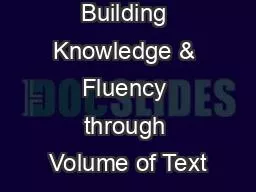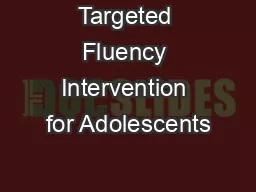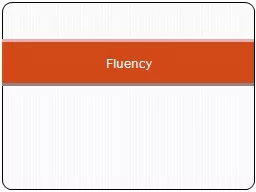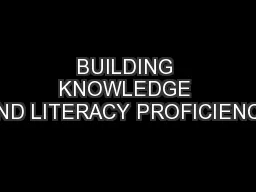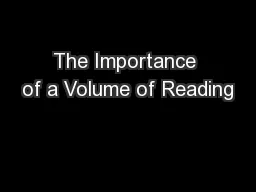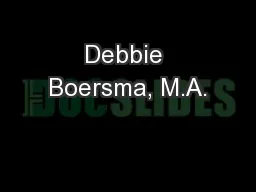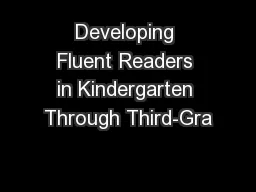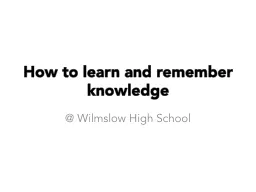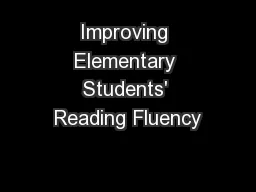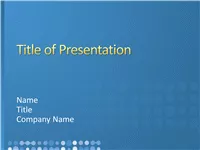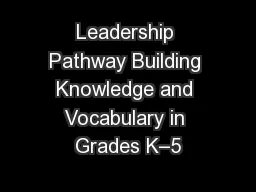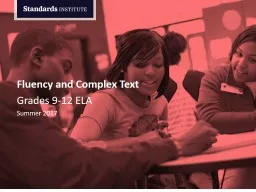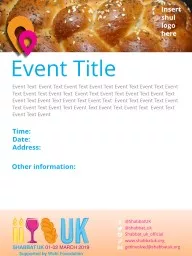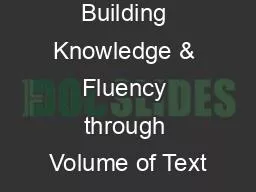PPT-Building Knowledge & Fluency through Volume of Text
Author : reportperfect | Published Date : 2020-08-04
Grades 6 8 Summer 2017 Welcome Back 2 Thank You for Your Feedback 3 We will be experiencing and building ideas about knowledge comprehension and fluency
Presentation Embed Code
Download Presentation
Download Presentation The PPT/PDF document "Building Knowledge & Fluency through..." is the property of its rightful owner. Permission is granted to download and print the materials on this website for personal, non-commercial use only, and to display it on your personal computer provided you do not modify the materials and that you retain all copyright notices contained in the materials. By downloading content from our website, you accept the terms of this agreement.
Building Knowledge & Fluency through Volume of Text: Transcript
Download Rules Of Document
"Building Knowledge & Fluency through Volume of Text"The content belongs to its owner. You may download and print it for personal use, without modification, and keep all copyright notices. By downloading, you agree to these terms.
Related Documents

